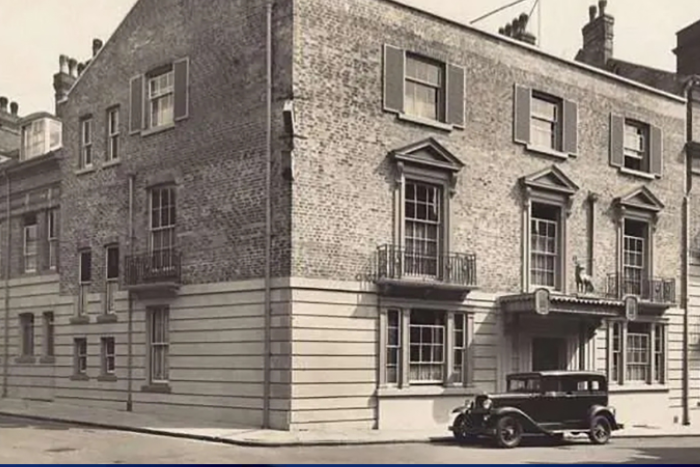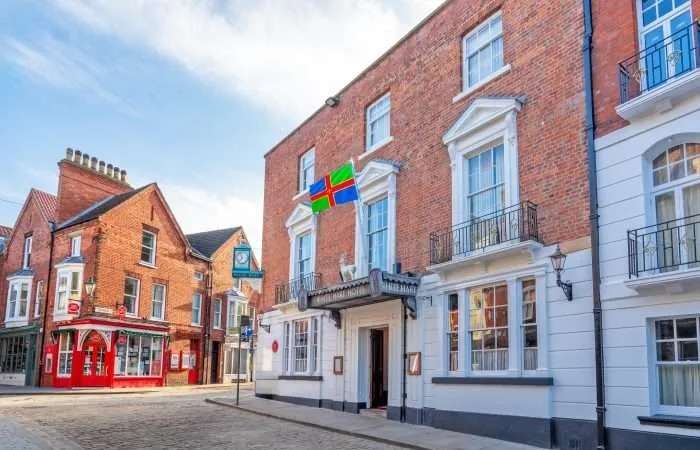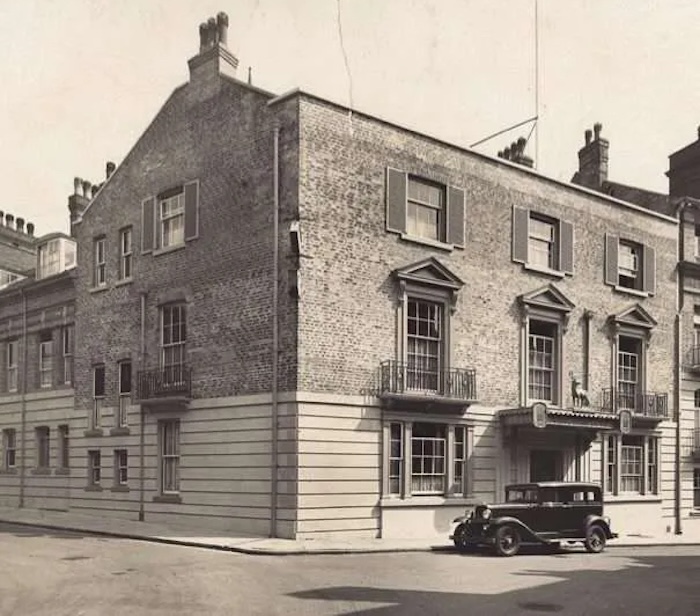
History of the White Hart Hotel
Andrew Walker of The Survey of Lincoln looks at The White Hart Hotel and its long, colourful history.
The white hart is a symbol linked to King Richard II who visited Lincoln during a turbulent period, in 1387, when his position was under threat. He addressed the bishop and chapter, staying in buildings nearby, possibly on the site of today’s hotel.
By 1704, The White Hart Inn occupied a new brick building which had replaced an earlier stone structure, and is mentioned in that year by a guest, who remarked that Lincoln ‘was an old straggling long towne, mostly of old and particularly odd buildings’.
The Stamford Mercury referred to the hotel as a coaching inn, though an advertisement of 23 October 1746, suggests that departures were not always punctual. It announced that ‘a coach and four good horses’ was to return for London from The White Hart later that month ‘on Sunday 26th or Monday 27th’.
In Stamford Mercury reports from the 1720s onwards, The White Hart Inn was portrayed as a place where much business was transacted: property auctions occurred, farm rents were paid, and sometimes rather dubious commercial travellers sold their wares.
The latter deals included one in December 1725, when ‘Dr Darando’ sold an ‘infallible cure for rotten sheep’. Official business too, occurred in the inn, including a post mortem of an infant from Bardney in August 1800, and the holding of a Consistorial Court of the Cathedral’ in November 1854.
Political meetings also took place, which often involved much hospitality. In 1820, Charles Anderson-Pelham and Charles Chaplin, who were returned unopposed as county MPs, entertained some 1000 people and 2000 bottles of wine were consumed.
One of the earliest references to the White Hart Hotel (rather than inn) was in 1839 and by the 1850s advertising regularly used the term ‘hotel’. Census returns reveal that in both 1851 and 1861, guests included Lord Henry Bentinck. He was a regular resident while he was Master of the Burton Hunt.
By the late 19th and early 20th centuries, guests included visiting professionals, such as an Inspector from the Board of Agriculture in 1911 various civil servants, and, in 1921, a judge of the High Court, Bombay. In the first half of the twentieth century, hotel residents included three American ambassadors – Dr Page (1913), Frank P. Kellogg (1924), and J.G. Winant (1942).
Americans were regular visitors to the hotel from the 1890s. At a City Council meeting in August 1897, it was noted that paving repairs on Eastgate would be ‘a great convenience to their American friends who stayed at The White Hart’. For 15 years from 1897 until her sudden death at the age of 50 the hotel was managed by Matilda Morley, who was remembered for her ‘courtesy and geniality’. In 1911, her young resident staff team included 13 employees, of whom 11 were female.
The building has seen many improvements since 1704 with major works undertaken in 1844 when a new façade was built facing Bailgate. Significant additions were also made in the 1880s and 1890s and, in 1938, plans were approved for a new neo-Georgian wing facing Eastgate, increasing the number of bedrooms from 18 to 29.
Clearly, The White Hart’s longevity is largely owing to the willingness of its various owners and managers to make alterations to meet their customers’ changing needs.
Top image shows the White Hart Hotel in around 1940 and the picture below is after the recent refurbishment.


